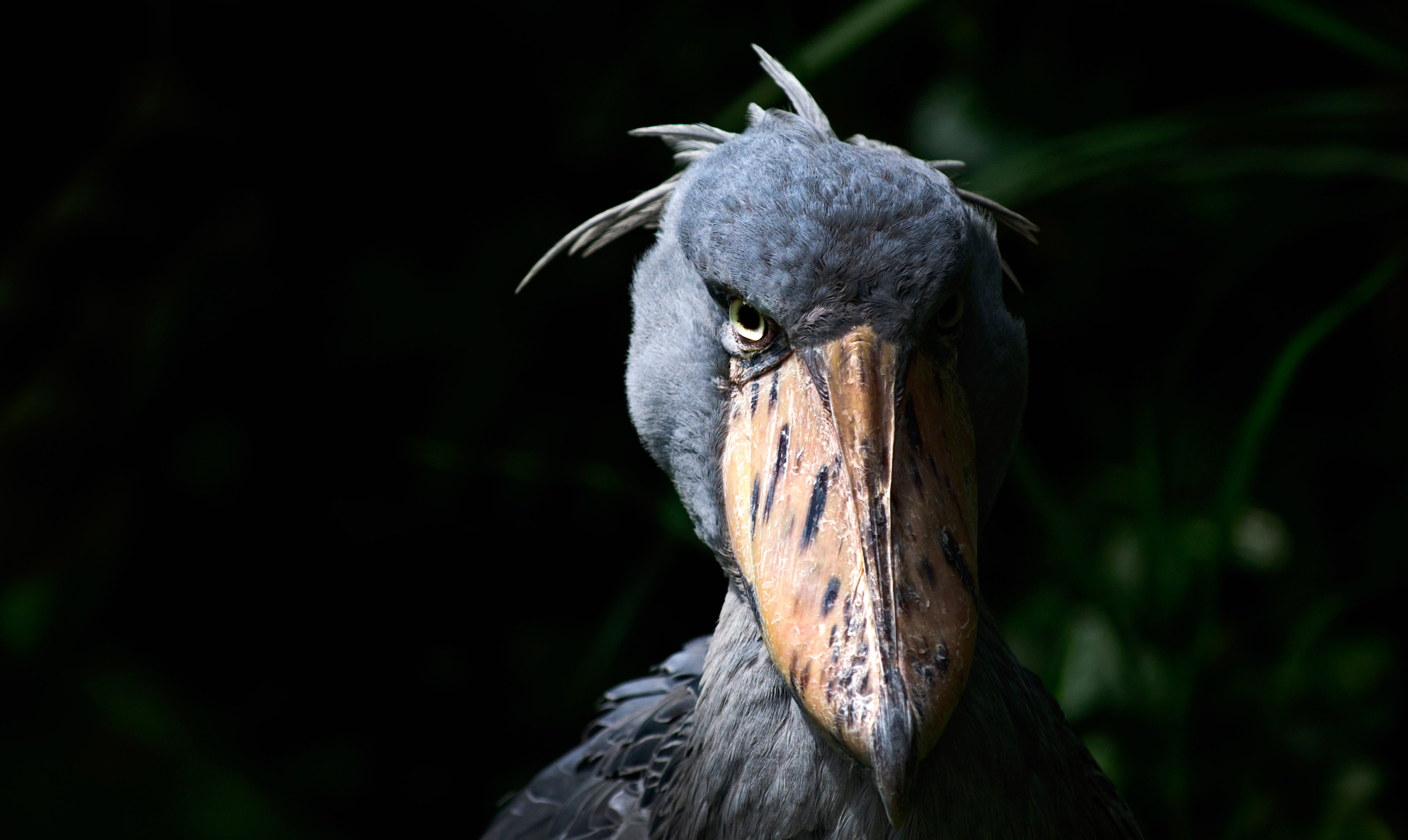

Natural selection rarely favors the beautiful.

In this list, we've rounded up the weirdest creatures you've ever seen.Some creatures may look beautiful, but they are deadly in nature, and some creatures that look deadly can be the most benign of creatures.Nature endows the life it creates with gifts and abilities in many ways.#1: Arthropleura – The Scariest Animal Ever Extinct.#2: Coconut Crab – The Scariest Crab on Land.#3: Goliath Bird-eating Tarantula – The Biggest, Creepiest Spider Ever.#4: Aye Aye – the creepiest animal that's harmless.#5: Shoebill – The Scariest Bird in the World.#6: Blobfish – The Ugliest Fish in the Water.#7: Goblin Shark – The Cruelest Shark in the Ocean.#8: The Northern Short-Tailed Shrew – The Cutest Mammal with the Scariest Hunting Methods.#9: Flying Snakes – Snakes with the Creepiest Ways to Navigate.#10: Sea Squirts – Animals With The Most Disturbing Defense Mechanisms.Shoebills are hunted as food in some places, and in others, they're hunted because they’re considered a bad omen. Agricultural burning and pollution from the oil industry and tanneries also affect their habitats. The International Union for the Conservation of Nature estimates that there are only between 3,300 and 5,300 adult shoebills left in the world, and the population is going down.Īs land is cleared for pasture, habitat loss is a major threat, and sometimes cattle will trample on nests. Only one chick typically survives to fledge. Chicks have bluish-gray down covering their bodies and a lighter colored bill. This includes incubating and turning eggs, and cooling them with water they bring to the nest in their large bills. Females lay an average of two eggs at the end of the rainy season.Īs co-parents, both birds tend to the eggs and young. Breeding pairs build nests on water or on floating vegetation, and can be up to eight feet wide. These birds are very solitary in nature, though, and even mating pairs will feed at opposite sides of their territory. Shoebills reach maturity at three to four years old, and breeding pairs are monogamous. Chicks sometimes make hiccup-like sounds when they’re hungry. They keep cool with a technique called gular fluttering-vibrating the throat muscles to dissipate heat. Though they’re mainly silent, shoebills sometimes engage in bill-clattering, a sound made as a greeting and during nesting. They do share traits with storks and herons, like the long necks and legs characteristic of wading birds, though their closest relatives are the pelicans. Shoebills are in a family all their own, though they were once classified as storks. The birds practice a hunting technique called “collapsing,” which involves lunging or falling forward on their prey.

Shoebills can stay motionless for hours, so when a hapless lungfish comes up for air, it might not notice this lethal prehistoric-looking bird looming until it’s too late. They also have long, thin legs with large feet that are ideal for walking on the vegetation in the freshwater marshes and swamps they inhabit in East Africa, from Ethiopia and South Sudan to Zambia. Reaching up to five feet tall with an eight-foot wingspan, shoebills have yellow eyes, gray feathers, white bellies, and a small feathered crest on the back of their heads.

It even snacks on baby crocodiles and Nile monitor lizards.Īt first glance, shoebills don’t seem like they could be ambush predators. Its specialized bill allows the shoebill to grab large prey, including lungfish, tilapia, eels, and snakes. Tan with brown splotches, it's five inches wide and has sharp edges and a sharp hook on the end. What makes the aptly named shoebill so unique is its foot-long bill that resembles a Dutch clog. Current Population Trend: Decreasing What is a shoebill?ĭepending on your perspective, a shoebill either has the same goofy charm as the long-lost dodo or it looks like it might go on the attack any moment.


 0 kommentar(er)
0 kommentar(er)
